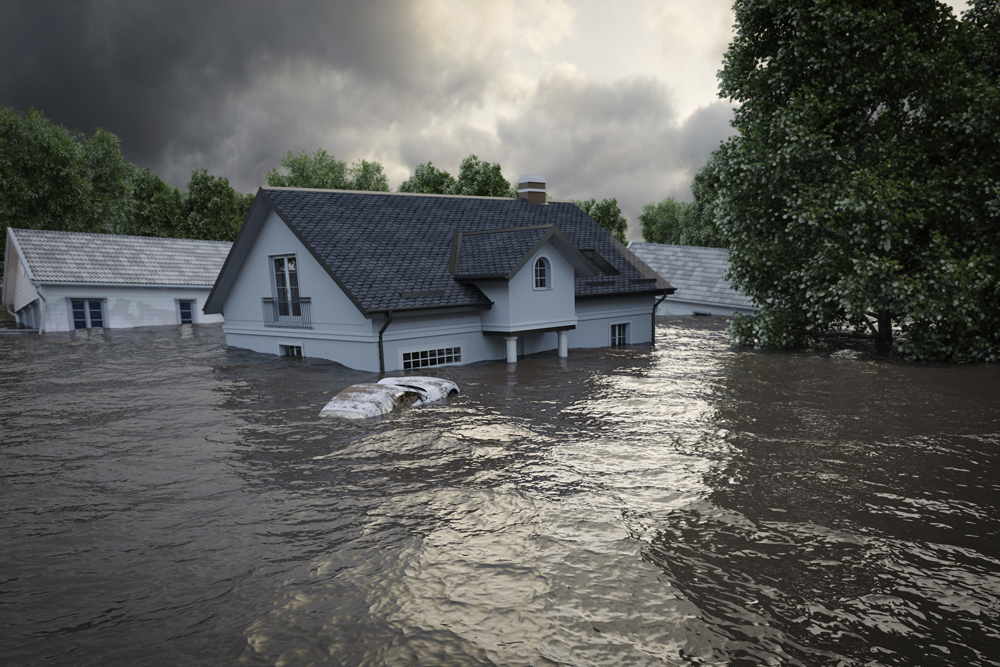
New Flood Map Data Could Impact Texas Cities
![]() Austin city officials, who approved to contribute $50,000 to the study, noted the new data could heavily impact municipalities, the Federal Emergency Management Agency and engineers as more buildings and infrastructure…
Austin city officials, who approved to contribute $50,000 to the study, noted the new data could heavily impact municipalities, the Federal Emergency Management Agency and engineers as more buildings and infrastructure…
![]()
New data from the National Oceanic and Atmospheric Administration (NOAA) indicates that extreme rain events are occurring more often in Texas than previously known. An Atlas 14 report released by NOAA used climate records and historical data from more than 100 years ago to determine what qualifies as a 25-year, 100-year and 500-year storm in Texas.
The Atlas 14 report indicates that while it is not raining more in Texas, the 100-year rainfall amounts for 24 hours increased as much as 13 to 18 inches in parts of Houston, according to Mark Glaudemans, director of the Geo-intelligence Division at NOAA. In Austin, the 100-year rain events increased by 3 inches, from 10 inches up to 13 inches in 24 hours in parts of that city.
A 100-year storm is one that has a 1 percent chance of happening in any given year and frequency is measured by the amount of rain that falls over a certain duration of time. The measurement does not mean the rain event happens only once every 100 years or that only one of that size will happen in a one-year period.
Austin city officials, who approved to contribute $50,000 to the study, noted the new data could heavily impact municipalities, the Federal Emergency Management Agency and engineers as more buildings and infrastructure such as roadways and treatment plants are at a greater risk of flooding.
Kevin Shunk of the Austin Watershed Protection Department plans to recommend that the city council adjust its land development code in December in order for developers in areas that were not previously regulated to be aware of the changes.
Even if the developer receives a variance to build in a flood plan, they still must comply to regulations such as eliminating all flood risks to surrounding properties, ensuring safe access into and out of buildings, roads and building structures to be at least a foot above the 100-year flood plain.
[divide icon_position=”left” width=”short” color=”#”]This story originally published by Strategic Partnership, Inc.






